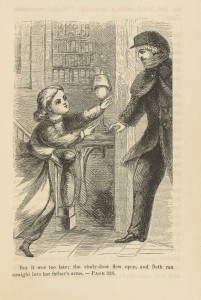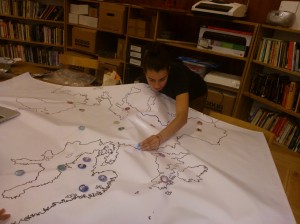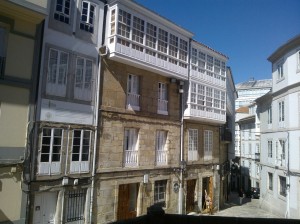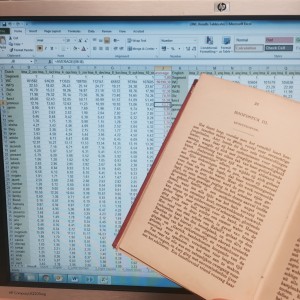It seems fitting to start my research journey with another journey: the one of Louisa May Alcott’s works to the Netherlands. In the context of the Travelling TexTs project I will look how some of these texts travelled from the USA to the Netherlands, on a transnational level so to say. These are just the beginnings of an exploration, and there is still a lot of ground to cover when it comes to this research. Within the novels texts travel, too: In Little Women (1868) the girls read John Bunyan’s 17th-century religious allegory The Pilgrim’s Progress, a text that found its way to the Western world and Africa and was both shaped by the countries (their norms and tastes) as well as shaping in turn the identity of different countries, as Isabel Hofmeyer recently demonstrated in The Portable Bunyan: A Transnational History of “The Pilgrim’s Progress” (2003). Now I want to show, similarly, how Alcott’s novels functioned transnationally, especially with regard to ideas about the role of women and education for girls. I will do so first on a translational level, after which I sketch the contemporaneous context by referring to different review articles on Alcott. I will look at the differences between original and translation of the text, and place these next to what stands out in the reviews. These rather intuitive findings will be taken along for further research on a linguistic and computational level in my next blog, thus creating a dialogue between the findings.

To the Netherlands: Translations
The first thing that stands out when we look at Alcott’s translations is the change of the Continue reading →



